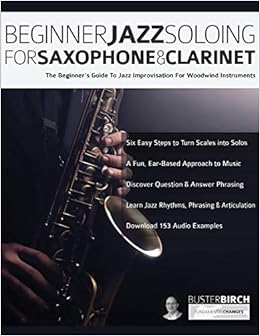I think there are many a way to get somewhere but the way to get there is personal.
Singing is , to me, absolutely the way to get to improvise, at least, melodically, you take the melody, make it your own and make variations on that.
I have seen people (many of my friends) way more versed in theory than I ever was attending lots of courses and stil not be able to think of a few bars of unwritten music. The more they became full of theory the less they seemed to be able to think the music.
I have a moderate talent for music, I have always had it. I was able to sing and to remember music at some point I started playing and I could sing with my intrument, the more I knew the instrument the better I could do this but only because the connection between mind and instrument became stringer.
There are countless books and videos and courses but believe me I have seen many trying the cognitive road and failing miserably ( especially if you are a late bloomer).
Start small, take the blues, something simple that you know well. Summertime is a good beginning. Start in keys that you know well and don’t get your fingers in a twist.
Sugar was certainly, for me, one of the first easy tunes I started improvising. Blue Bossa was probably the second.
First try to sing the lines that you would like to play, and then , slowly, (start very slowly at a slow tempo) play things, other things will come to your mind





